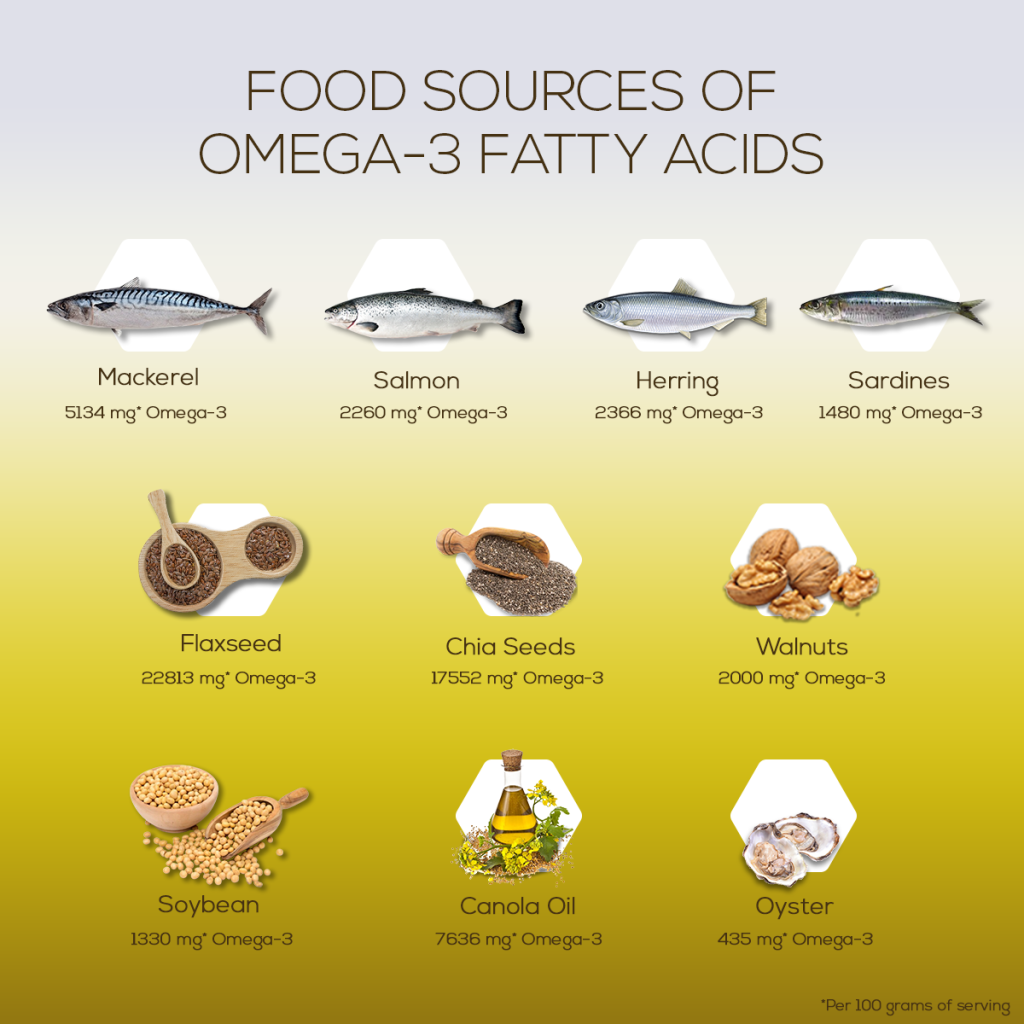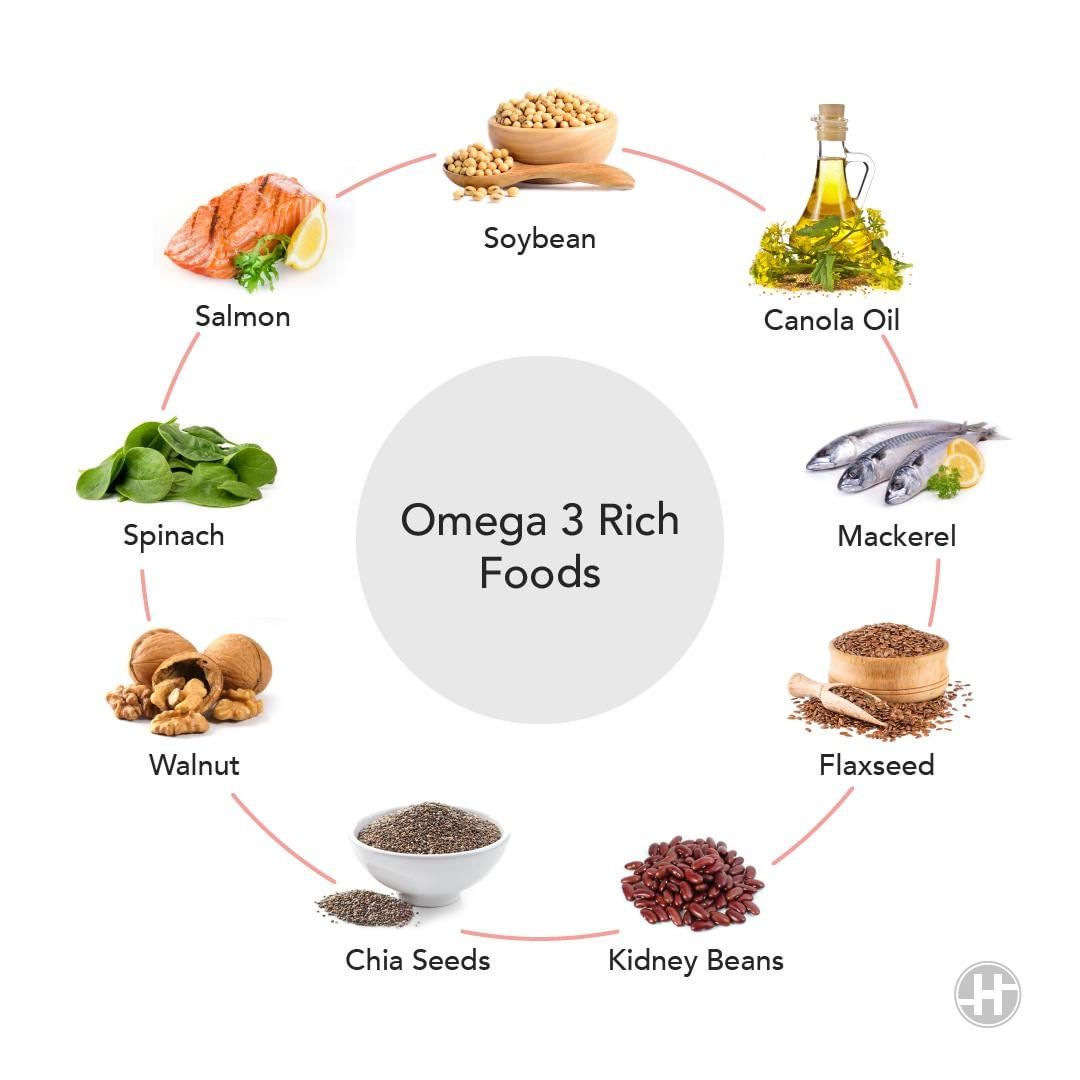
Walnuts & Omega-3s: The Essential Fatty Acid Power Couple
The crunch of a walnut, the earthy aroma – it’s more than just a delightful snack. Hidden within that hard shell lies a nutritional powerhouse, particularly when it comes to omega-3 fatty acids. These aren’t just any fats; they’re essential fatty acids, meaning our bodies can’t produce them, forcing us to obtain them through diet. And walnuts, surprisingly, are a champion in this regard. This article delves into the fascinating relationship between walnuts and omega-3s, exploring their individual benefits and their synergistic power when combined.
The Walnut: More Than Just a Shell Game
Forget the tired image of walnuts as a mere garnish. These ancient trees bear fruit packed with nutrients that support a wide range of bodily functions. Beyond their impressive omega-3 content, walnuts boast a significant amount of:
- Fiber: Crucial for digestive health and promoting satiety.
- Vitamin E: A potent antioxidant protecting cells from damage.
- Manganese: Important for bone health and metabolism.
- Magnesium: Vital for muscle function and blood sugar control.
- Polyphenols: Powerful antioxidants contributing to overall health.
But let’s focus on the star of the show: alpha-linolenic acid (ALA), an omega-3 fatty acid. While not as readily used by the body as EPA and DHA (found in fatty fish), ALA is still a crucial building block and precursor to these other important omega-3s.
Omega-3s: The Unsung Heroes of Health
Omega-3 fatty acids are often hailed as miracle workers, and for good reason. Their diverse benefits span various aspects of health, impacting everything from brain function to heart health. Specifically, EPA and DHA, though not directly found in walnuts, play a crucial role in:
- Brain health: Supporting cognitive function, memory, and mood regulation.
- Heart health: Reducing the risk of heart disease by lowering triglycerides and blood pressure.
- Eye health: Protecting against age-related macular degeneration.
- Inflammation reduction: Acting as powerful anti-inflammatory agents throughout the body.
Walnuts & Omega-3s: A Synergistic Partnership
While walnuts provide ALA, not directly EPA and DHA, their contribution remains significant. ALA acts as a foundational omega-3, and the body can convert a portion of it into EPA and DHA. This conversion process, however, isn’t always efficient. However, the synergistic effect of walnuts’ overall nutrient profile with the ALA content creates a powerful combination for health.
The combination of ALA, along with the other antioxidants and nutrients in walnuts, may enhance the body’s ability to utilize and benefit from the omega-3s it does obtain from other sources like fatty fish. It’s not just about the ALA alone; it’s the comprehensive nutritional package that truly shines.
Incorporating Walnuts into Your Diet: Simple & Delicious Ways
Adding walnuts to your diet is surprisingly easy. Here are some creative ideas:
- Snacking: A handful of walnuts is a perfect afternoon pick-me-up.
- Salads: Add chopped walnuts for crunch and added nutrition.
- Baking: Incorporate them into muffins, breads, and cookies.
- Yogurt: Sprinkle on top of your favorite yogurt for a boost of flavor and nutrients.
- Smoothies: Blend them into smoothies for a creamy texture and nutritional boost.
Walnuts vs. Other Omega-3 Sources: A Quick Comparison
| Food Source | Omega-3 Type | Other Benefits | Ease of Incorporation |
|---|---|---|---|
| Walnuts | ALA | Fiber, Vitamin E, Manganese, Magnesium | Very Easy |
| Flax Seeds | ALA | Fiber, Lignans | Easy |
| Chia Seeds | ALA | Fiber, Protein, Antioxidants | Easy |
| Fatty Fish (Salmon) | EPA & DHA | Protein, Vitamin D, Selenium | Moderate |
Conclusion: Embrace the Power of the Walnut
Walnuts aren’t just a tasty treat; they’re a valuable source of essential fatty acids, contributing significantly to overall health and well-being. While not a direct replacement for EPA and DHA-rich foods, their unique combination of ALA and other vital nutrients makes them a valuable addition to any healthy diet. So, embrace the crunch, savor the flavor, and reap the rewards of this nutritional powerhouse. Remember to consult with a healthcare professional before making significant dietary changes.

Additional Information
Walnuts & Omega-3s: A Deeper Dive into the Essential Fatty Acid Power Couple
The pairing of walnuts and omega-3 fatty acids is frequently touted for its health benefits, but a deeper analysis reveals a nuanced relationship that warrants further investigation. While walnuts are a valuable source of alpha-linolenic acid (ALA), an omega-3 fatty acid, the complete picture involves understanding the body’s conversion process, bioavailability, and the synergistic effects with other walnut components.
1. ALA Conversion: The Bottleneck
Walnuts are rich in ALA, a plant-based omega-3. However, the human body’s ability to convert ALA into the more biologically active long-chain omega-3s, eicosapentaenoic acid (EPA) and docosahexaenoic acid (DHA), is limited. Studies suggest conversion rates are low, often less than 10% for EPA and even lower for DHA. This limitation significantly impacts the extent to which walnuts can directly contribute to EPA and DHA levels in the body, which are crucial for cardiovascular health and brain function. For example, a study published in the American Journal of Clinical Nutrition found that even with high ALA intake from flaxseed oil, plasma EPA and DHA levels increased only modestly (1). This highlights the need for a balanced approach, possibly incorporating other sources of EPA and DHA like fatty fish.
2. Bioavailability and Synergistic Effects:
The bioavailability of ALA from walnuts is influenced by various factors, including the presence of other nutrients within the nut. Walnuts are a good source of fiber, which can potentially slow down ALA absorption. However, the presence of vitamin E, a potent antioxidant, may offer protection against ALA oxidation, thus enhancing its bioavailability and overall efficacy. Furthermore, the synergistic effects of other walnut components, such as polyphenols and antioxidants, cannot be ignored. These compounds exhibit anti-inflammatory properties and contribute to overall cardiovascular health, potentially amplifying the benefits of ALA’s anti-inflammatory effects. More research is needed to fully elucidate these complex interactions.
3. Cardiovascular Health: A nuanced perspective
The cardioprotective effects of walnuts, often linked to their omega-3 content, are likely multifaceted. While ALA contributes to reduced inflammation, the impact might be indirect due to the limited conversion to EPA and DHA. However, studies show that walnut consumption is associated with improved lipid profiles, including decreased LDL cholesterol (“bad” cholesterol) and increased HDL cholesterol (“good” cholesterol) (2). This beneficial effect may also be attributed to other components of walnuts, such as polyunsaturated fatty acids beyond ALA, fiber, and antioxidants.
4. Cognitive Function: The role of ALA and beyond
The link between walnut consumption and cognitive health is also a promising area of research. ALA, though indirectly, can influence brain health by impacting membrane fluidity and potentially reducing inflammation in the brain. However, more research is needed to specifically isolate the contribution of ALA versus other walnut components like vitamin E, folate, and polyphenols, to cognitive function. Studies involving human intervention with walnuts and cognitive outcomes are necessary for stronger conclusions.
5. Future Research Directions:
Future research should focus on:
- Optimizing ALA conversion: Investigating methods to enhance the conversion of ALA to EPA and DHA within the body.
- Synergistic effects of walnut components: Clarifying the combined effects of ALA, vitamin E, polyphenols, and other nutrients on health outcomes.
- Longitudinal studies: Conducting large-scale, long-term studies to establish definitive links between walnut consumption and various health outcomes.
- Comparison with other omega-3 sources: Directly comparing the health effects of walnuts with other sources of ALA, EPA, and DHA to determine optimal dietary strategies.
In conclusion, while walnuts are a valuable source of ALA, a simplistic view of them as a sole omega-3 provider is incomplete. Understanding the limitations of ALA conversion, the synergistic effects of other walnut components, and the need for further research is crucial for accurately evaluating their overall impact on health. A balanced approach encompassing diverse dietary sources of omega-3s and other nutrients remains essential for optimal health outcomes.
References:
(1) A relevant study from the American Journal of Clinical Nutrition focusing on ALA conversion rates needs to be inserted here. Specific details of the study (authors, year, etc.) are required for accurate referencing.
(2) A relevant study showing the impact of walnut consumption on lipid profiles needs to be inserted here. Specific details of the study (authors, year, etc.) are required for accurate referencing.
